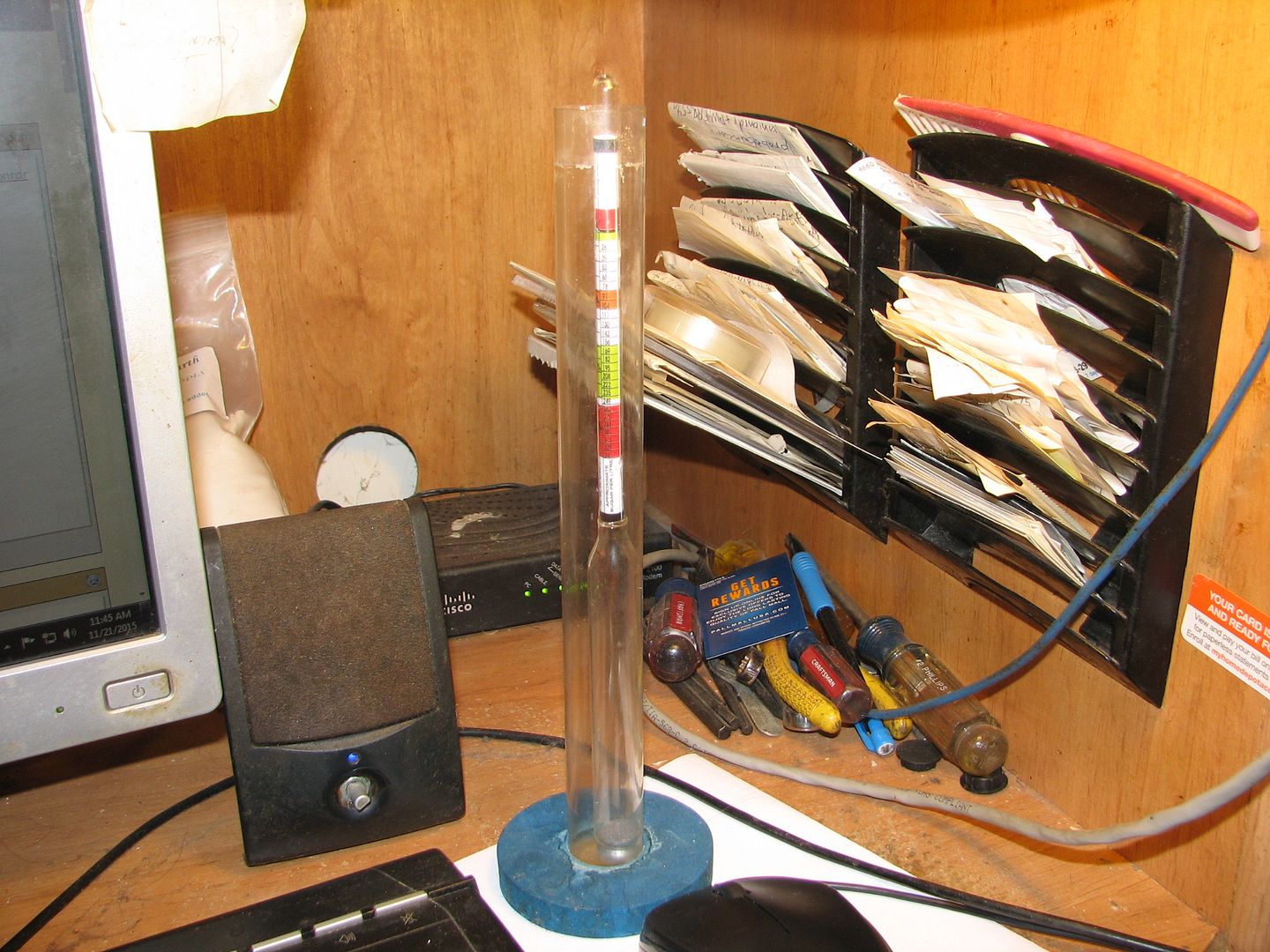Hey guys first post here from a new member and brewer.
Last weekend I did my first extract brew with a partial boil. Everything went incredibly smooth and my wife and I had a ton of fun, were hooked.
I'm sure this has been on here but I'm noticing tons of activity in my 6.5 big mouth bubbler plastic after 48 hours, definite krausen forming. My question is though are the seals on the bubbler that bad that I would not have any and I mean none activity in my airlock? If I push on the lid a bit the star San moves in the lock but doesn't bubble. Again sorry if this has been asked before, I just want to make sure the ole brew with be good to go. Any body from around the Detroit metro area!?
Last weekend I did my first extract brew with a partial boil. Everything went incredibly smooth and my wife and I had a ton of fun, were hooked.
I'm sure this has been on here but I'm noticing tons of activity in my 6.5 big mouth bubbler plastic after 48 hours, definite krausen forming. My question is though are the seals on the bubbler that bad that I would not have any and I mean none activity in my airlock? If I push on the lid a bit the star San moves in the lock but doesn't bubble. Again sorry if this has been asked before, I just want to make sure the ole brew with be good to go. Any body from around the Detroit metro area!?























![Craft A Brew - Safale S-04 Dry Yeast - Fermentis - English Ale Dry Yeast - For English and American Ales and Hard Apple Ciders - Ingredients for Home Brewing - Beer Making Supplies - [1 Pack]](https://m.media-amazon.com/images/I/41fVGNh6JfL._SL500_.jpg)




































